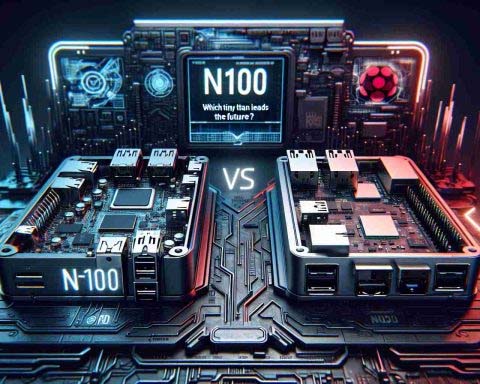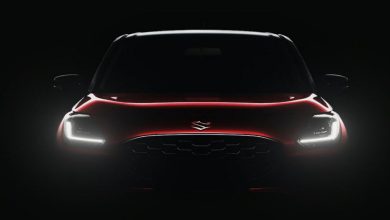N100 vs Raspberry Pi 5 Competition: Titan Leading the Future

Technology: In the rapidly evolving landscape of compact computing, two giants have emerged, vying for dominance—the Intel N100 and the recently released Raspberry Pi 5. As technology enthusiasts are eagerly assessing which one is better suited for tomorrow’s challenges, let’s take a look at what each has to offer.
The Intel N100, built on a robust architecture, promises superior processing speeds that are ideal for both amateurs and professionals looking for efficient multitasking capabilities. On the other hand, the Raspberry Pi 5, with its advanced quad-core processor, offers better performance than its predecessors, aiming to maintain its hold in the affordable computing market.
When it comes to connecting peripherals and expanding capabilities, the Raspberry Pi 5 excels with its versatile GPIO pins and multiple USB ports, allowing for a wide variety of applications in robotics and IoT projects. The N100, despite being more limited in physical expansion, compensates with better integrated network capabilities, making it a strong contender for network-centric applications.
Both devices promise energy efficiency, an important factor for environmentally conscious users. The N100’s low power consumption is beneficial for small server setups, while the Raspberry Pi 5’s minimal energy consumption makes it perfect for educational environments and remote projects where power availability is limited.
While both of these contenders struggle for market relevance, their differences highlight the exciting potential of compact computing. The choice between them depends heavily on the user’s specific needs, providing a glimpse of how technology will continue to democratize access to computing power.





